PLA is one of the most common materials for 3D printing, and for good reason, too. It’s arguably one of the easiest materials to print, and it offers some great, well-rounded characteristics such as biodegradability, no fumes, and a low price tag that make printing with it a fantastic choice.
However, there’s some scenarios where your friendly neighborhood PLA doesn’t exactly cut it. Maybe you need something lighter or stronger, or something to resist higher temperatures, which is where special PLA blends may come in handy.
However, printing with these special blends can sometimes be a little trickier to manage. Due to the additives in the PLA, characteristics such as nozzle temperature, bed temperature, and print speed, among others, could be affected, so it’s important to be mindful that all PLAs aren’t made the same.
Now, let’s stop PLAying around and discover some of the best special types of PLA filament!
PLA+ / Tough
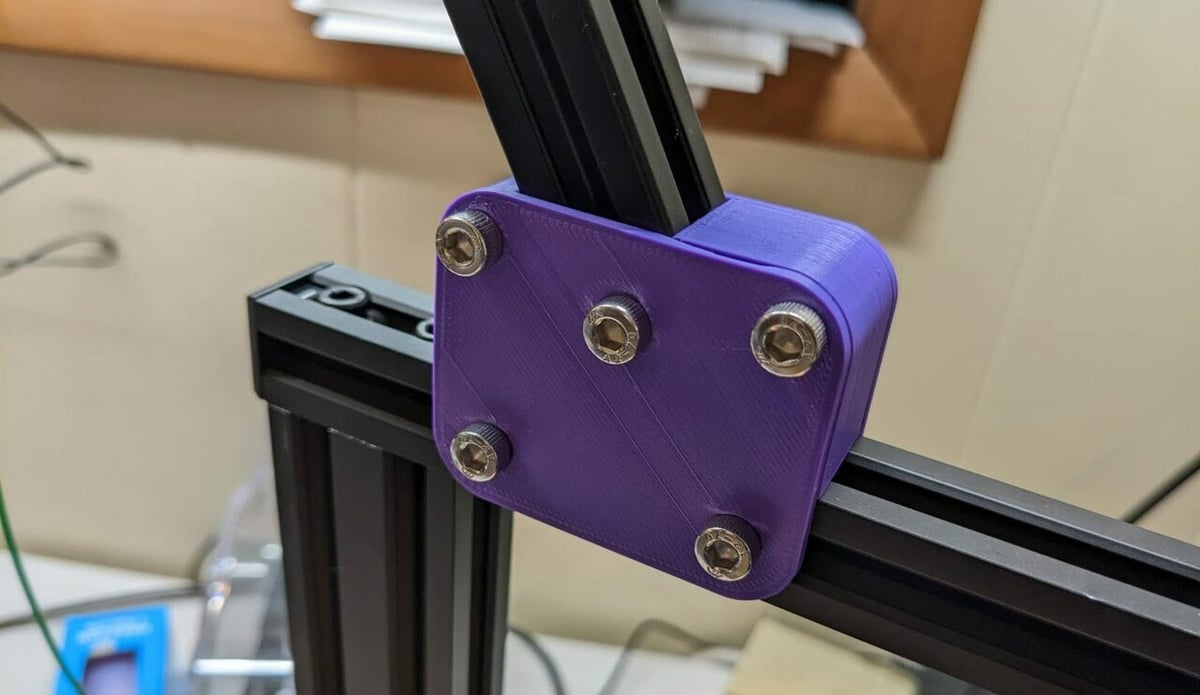
PLA+ is the enhanced version of PLA. While it shares many similarities with standard PLA, there are a few slight differences, including better surface quality, color, and mechanical properties. Most PLA+ filaments are advertised as being stronger, less brittle, more durable, and better for layer adhesion.
Tough PLA is another term used by some manufacturers. Its properties are generally similar to PLA+, and the boundaries between these two are often fluid and arguably only a marketing approach. There are some tough PLAs available, though, that promise even better mechanical properties than your regular PLA+s.
Unfortunately, there is no standard formulation for distinguishing between PLA, PLA+, Pro PLA, and whatever other branding manufacturers think of. Enhanced PLA is usually a mixture of other plastics, additives, or pigments that help improve on the weaknesses of standard PLA, such as moisture absorption, brittleness, and resistance to higher temperatures (although not by much). By and large, enhanced PLAs are not as tricky to print as PETG or ABS, but they also don’t offer the same mechanical properties.
Example Filaments
- eSUN
- Overture
- ColorFabb
Lightweight
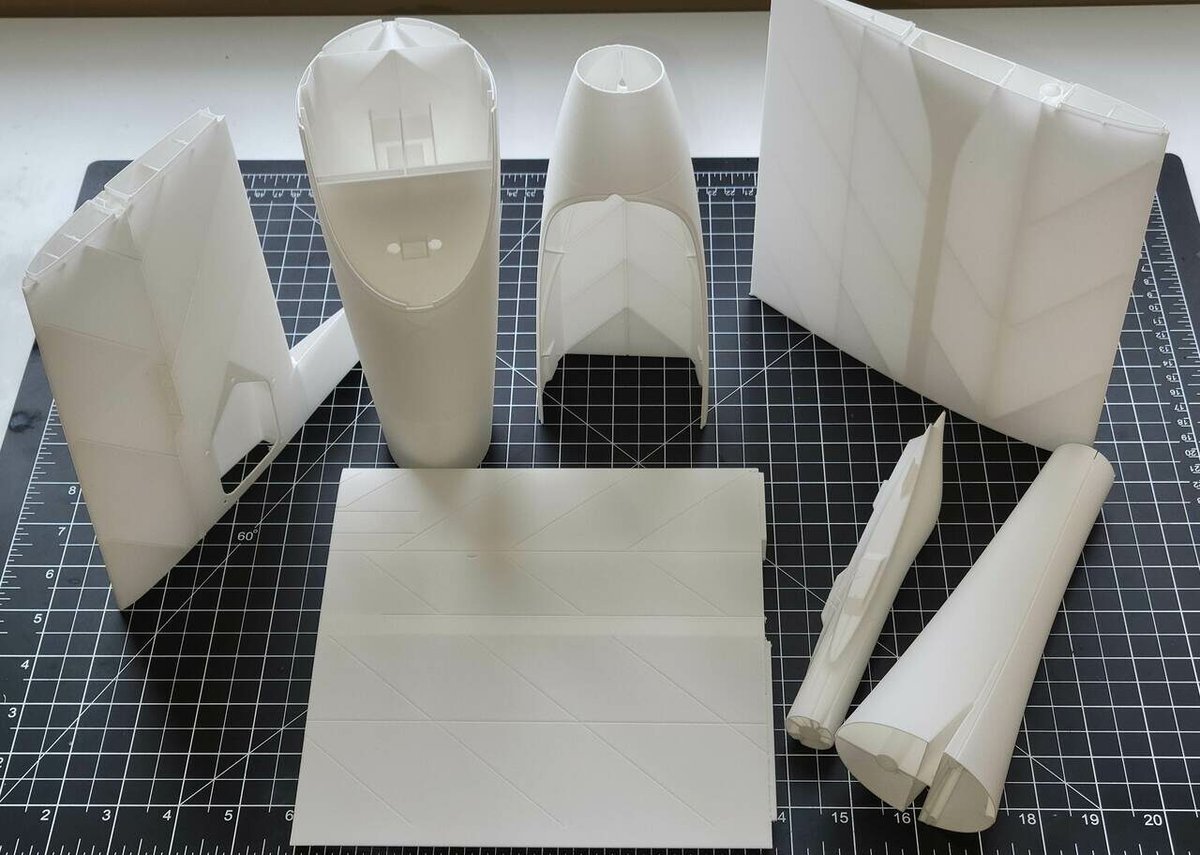
Lightweight PLA, or LW-PLA, is designed so you can print lightweight, low-density PLA parts. It’s especially useful for printing drones, RC planes, cosplay, and other props. Parts are feather-light but retain good strength and are easy to cut, trim, and sand. If part weight matters to you, then this should be your go-to filament.
This filament uses an active foaming technology that is triggered by temperature. When the filament is heated to about 230 °C, it begins to foam and increase its volume by up to three times, meaning users can decrease flow by 65% to obtain lightweight parts. Or, users can take advantage of the expanding properties to reduce print time with large layer heights or single extra thick perimeters.
If you want to print lightweight parts which are dimensionally accurate, it’s essential to first determine the possible expansion of the material by looking at the datasheet and printing test cubes at different input variables; namely temperature, speed, and flow rate.
Example Filaments
- ColorFabb
- Bambu Lab
- 3DLabPrint
High-Temperature
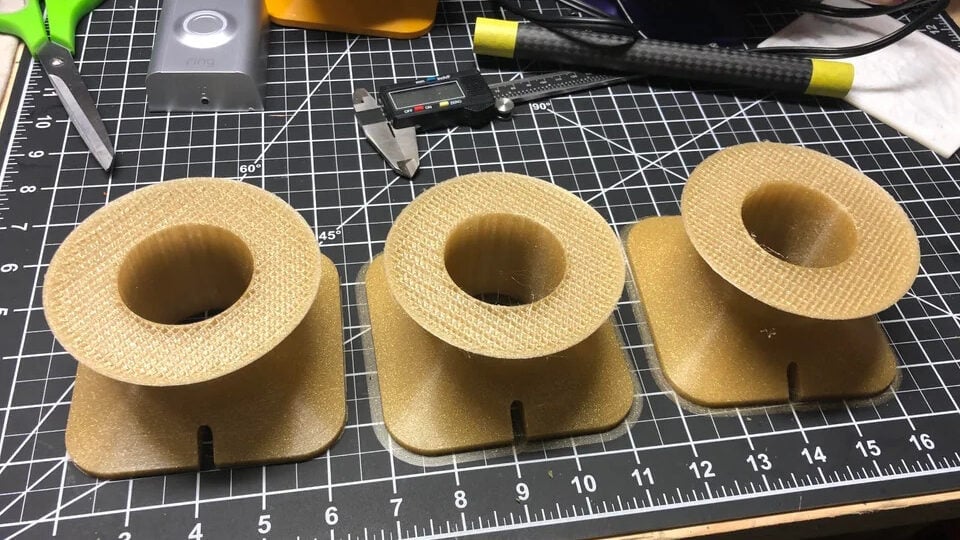
As its name suggests, high-temperature PLA can be exposed to much higher temperatures. Some filament can go up to 150 °C depending on the manufacturer, whereas pure PLA typically starts to deform at around 55 °C. That’s thanks to the addition of minerals that crystallize when the material has been heat-treated after printing.
High-temperature PLA prints similar to standard PLA. The heat resistance gets “baked-in” in the post-processing when the printed part is either placed in an oven or a hot water bath. Some filaments even change color during the baking process. Please refer to the manufacturer for precise instructions. The result is a part that maintains strength and form at much higher temperatures than even the likes of ABS or PET (which typically lose structure at around 100 °C).
Example Filaments
- ProtoPasta
- FormFutura
Flexible, Soft
This flexible variant, Soft PLA, is a generic term applied to PLA blends that are made to be more flexible. Soft PLA is treated with additional chemicals to take away much of the base material’s natural brittleness, which is why it’s sometimes also referred to as “tough rubber”. Similar to TPU and other flexibles, it absorbs vibrations and impacts and can withstand bending and stretching, springing back to its original shape once the pressure is removed.
Compared to other flexible materials, it’s known for its strength and durability. Printing it is similar to standard PLA, except that you should use a slower print speed and a higher bed temperature. Typically Shore hardness ranges from 90 to 92A. Depending on the flexibility, you might want to consider a direct drive system, as it’s less likely to coil up and clog.
Example Filaments
- Paramount 3D
Carbon Fiber
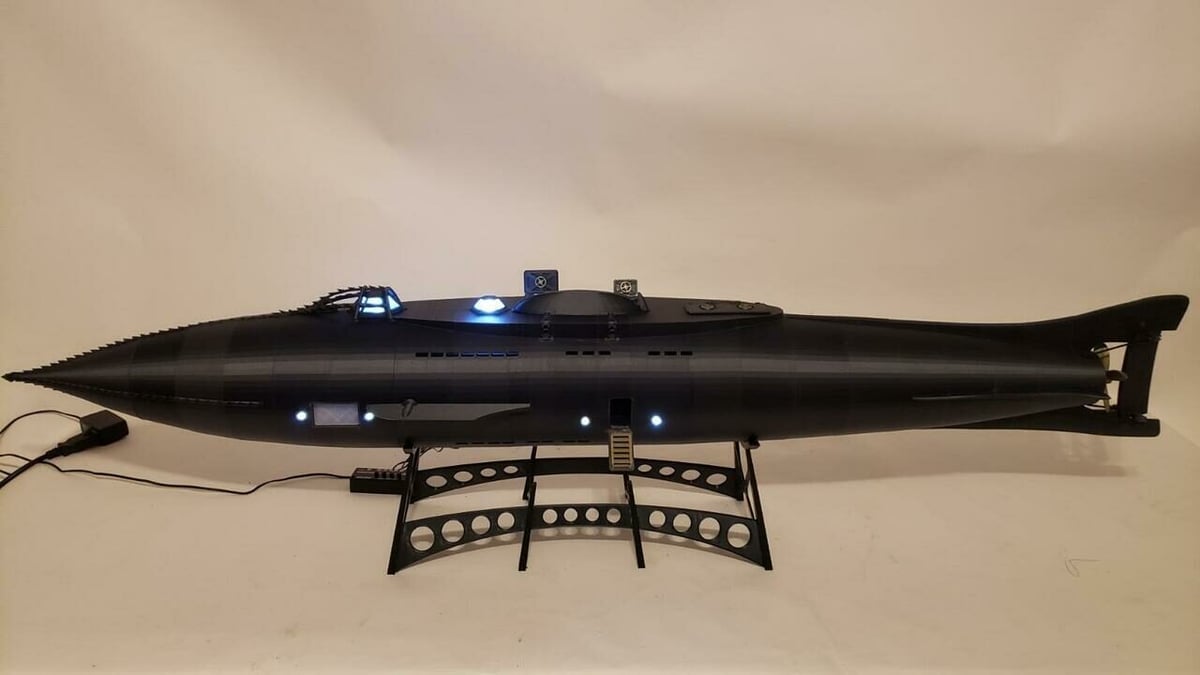
Carbon fiber PLA is a composite material that is more rigid and provides enhanced structural strength due to the added carbon fibers – typically around 10-20%. Increased rigidity, in turn, also means decreased flexibility, making carbon fiber PLA an ideal material for frames, supports, shells, and anything in between that shouldn’t bend.
Carbon fiber PLA typically exhibits the same print properties as “normal” PLA, albeit with an occasional slight temperature increase depending on the composite. However, over time, the carbon fibers will wear out the nozzle. It’s recommended that you use a hardened steel nozzle with at least 0.4-mm in diameter as, otherwise, the chopped carbon will destroy weaker nozzles like brass or may lead to clogging smaller diameters. Also, it’s more brittle than standard PLA in its filament form, so handle it carefully to prevent breakage.
Example Filaments
- Ziro
- Overture
Wood
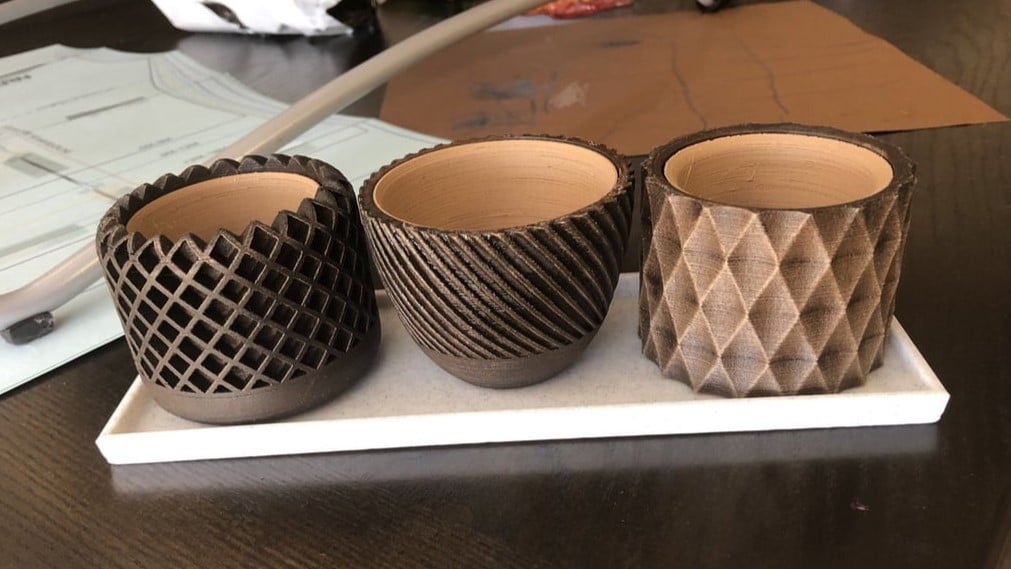
Wood PLA blends will make your prints look like they’re made of, well, wood. By sanding your prints down a bit, you’ll be able to give them nice, smooth surfaces with visible grain patterns from the wood fiber.
Wood PLA is made by combining polylactic acid and fibers of different types of wood, such as willow, bamboo, cork, cedar, and more. Typically, wood filaments contain about 70% PLA and 30% wooden fibers, depending on the manufacturer. It is important to note that you should use 0.4 mm or larger nozzles, as otherwise, the wood particles might clog the nozzle.
Example Filaments
- Hatchbox
- Fillamentum
- FormFutura
Metal
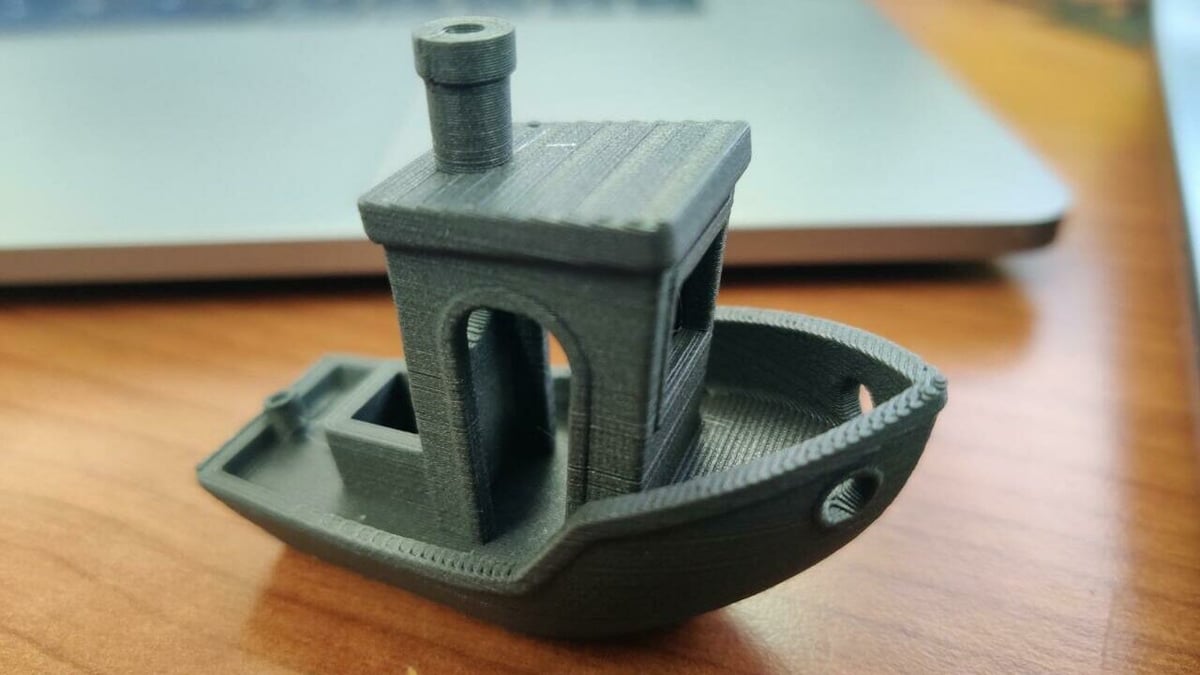
Sorry heavy metal fans, metal PLA isn’t “real metal”. It’s similar to Wood PLA in that it’s a mix of metal powder and PLA, but that doesn’t stop the results from having the look and feel of metal (without its mechanical properties, though). Even the weight is metal-like, as blends tend to be several times denser than pure PLA.
The most common 3D printer filament blends tend to be up to 50% metal powder and 50% PLA and come in various materials, ranging from copper and bronze to iron and stainless steel. Metal PLA prints can be highly aesthetic, especially for figurines, models, toys, and tokens, as the material is well-suited for post-processing, such as sanding, polishing, weathering, or tarnishing.
It’s important to note that if you want a filament with actual metal in it, you’ll need to look for the word “composite” or “metal fill”. Beware of filaments with only “metal” in the name, as this might simply indicate a metallic color or shine, which are merely color variants.
When printing with metal PLA, expect increased nozzle wear. Therefore, it’s recommended to switch your brass nozzle to stainless steel or another hardened alloy, as brass nozzles wear out much faster from metal abrasion. Also, the more percentage of metal the filament holds the more brittle it becomes, and the more you may need to adjust print settings such as temperature, retraction, and layer thickness. Always appropriately store and handle the filament with care.
Example Filaments
- ProtoPasta
- FormFutura
- Ooznest
Silk
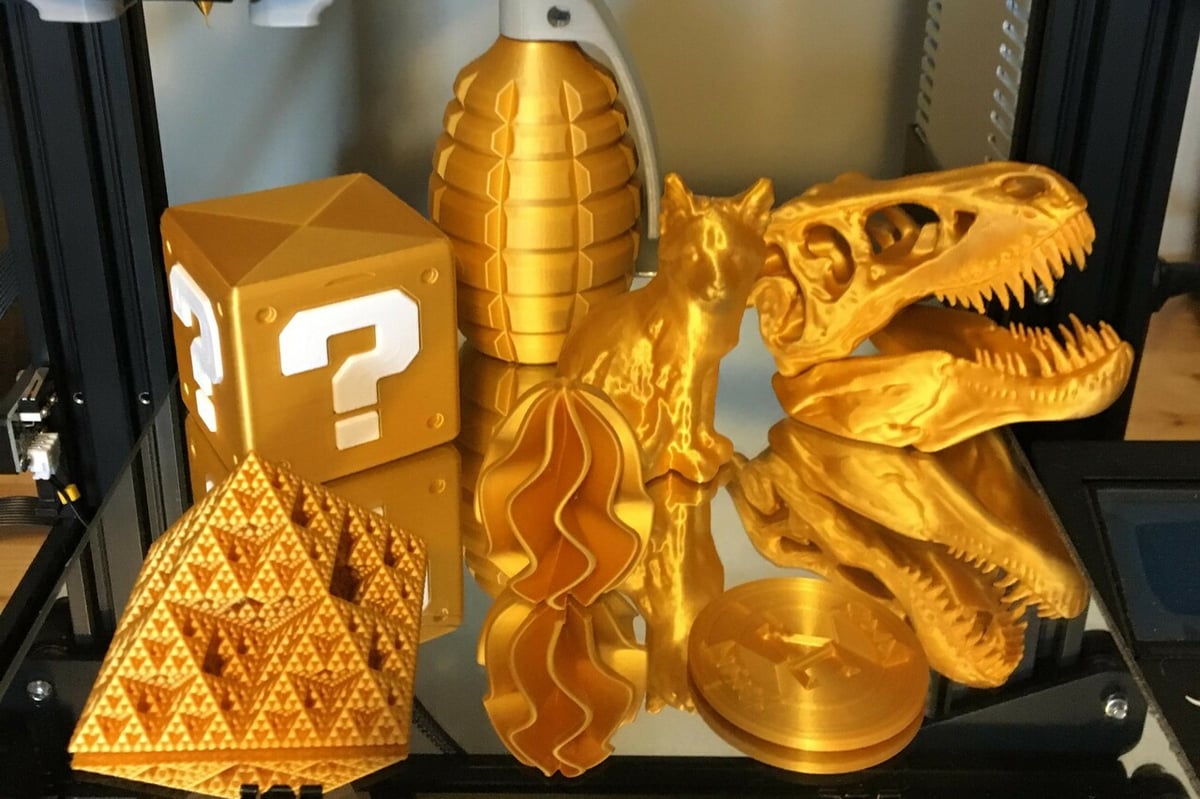
Silk-like PLA is a unique entry and probably one of the prettiest, smoothest, and shiniest PLA filaments around. Silk PLA produces impressive prints that seem a bit translucent, making them look and feel like they are covered in silk. Forget painting your prints with this filament; its natural appearance is dazzling enough.
This enhanced PLA owes its glossy look to some elastic additives. However, it exhibits most of the same pros and cons of regular PLA filament. It’s easy to 3D print, but the elastomers can sometimes cause clogging issues and under-extrusion. It seems that these filaments work best with slightly elevated printing temperatures compared to regular PLA. The print becomes more durable and less brittle, and the elastomers can melt correctly and give it that signature glossy look.
Example Filaments
- Eryone
- Fiberlogy
- CCTree
Color Changing
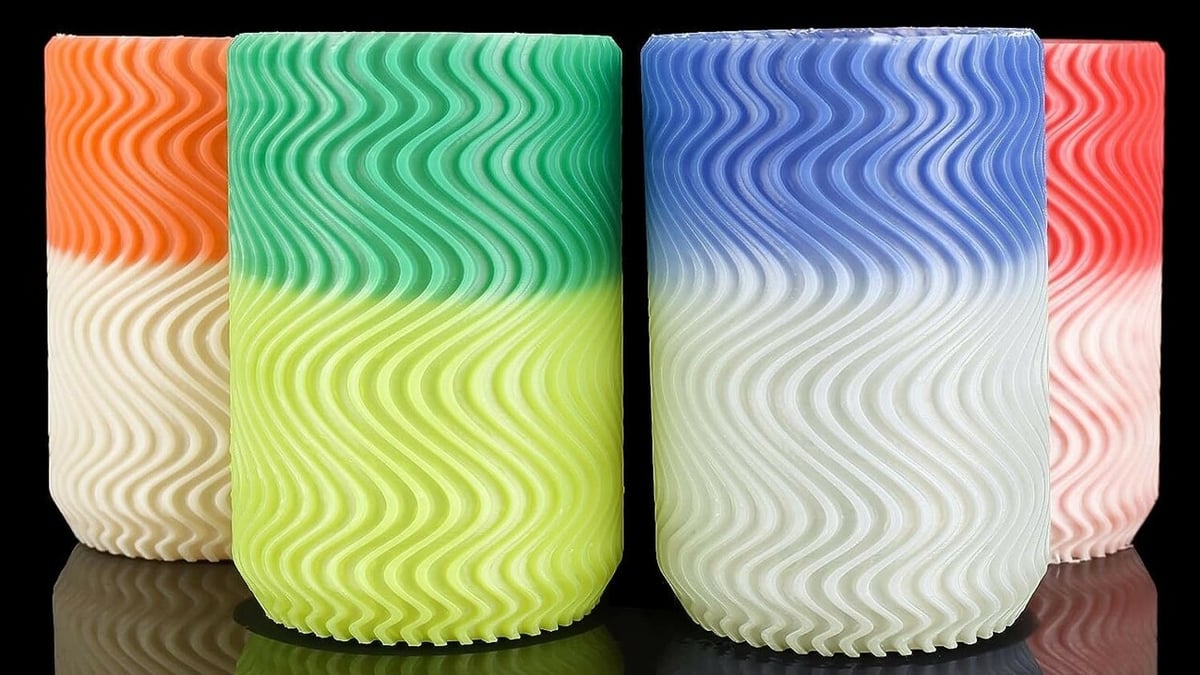
Don’t want to get pinned down on just one color for your prints? Enter color-changing PLA filament, which changes its color depending on the environment. There are two types of color-changing PLA filament. The first kind is heat sensitive, and the other one is UV sensitive.
Filaments from this category tend to change between a gradient of two colors. For example, from purple to pink, blue to green, or yellow to green. With no special physical, tactile, or functional characteristics, this type of 3D printer filament is purely designed for aesthetic purposes. But that doesn’t make it any less groovy!
Example Filaments
- Amolen
- Sunlu
Rainbow
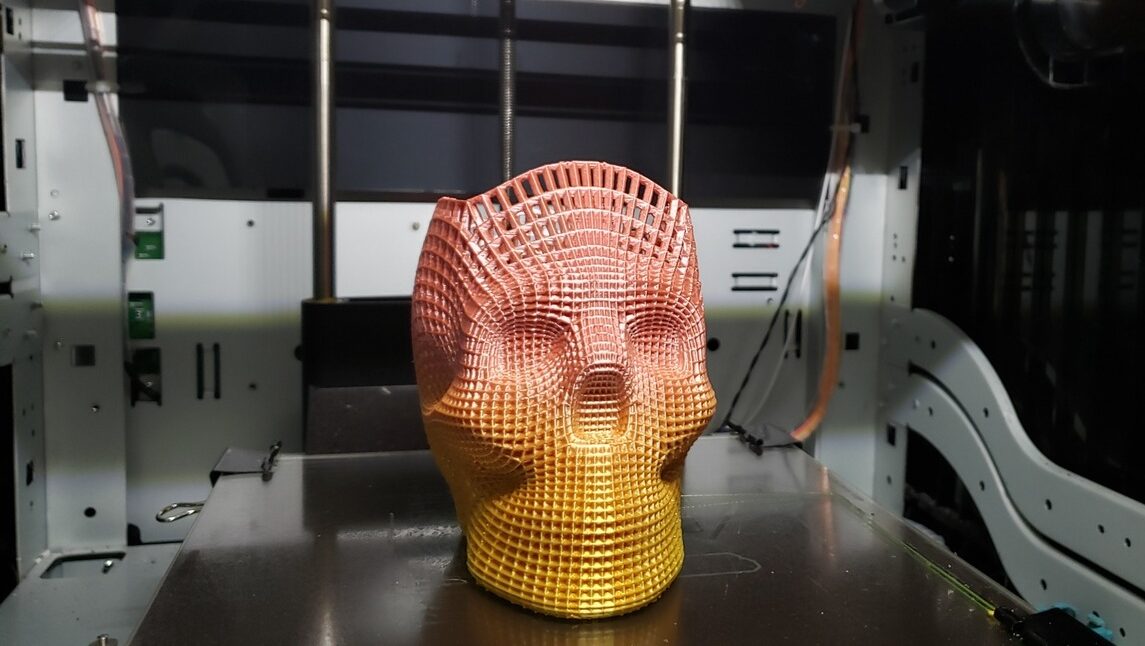
Rainbow PLA is a fun and colorful way to spruce up your prints without the use of dual extrusion or switching spools midway through a print.
Spools come in several varieties, with plenty of color variations, including special types such as neon, sparkle, silk, and even glow-in-the-dark. Additionally, you can find spools that change colors at varying frequencies to give you more control over the appearance of your prints. Since there are not usually any external additives to the PLA, it can be printed with the same settings as regular PLA.
Example Filaments
- Sunlu
- Flashforge
- TTYT3D
Glow-in-the-Dark
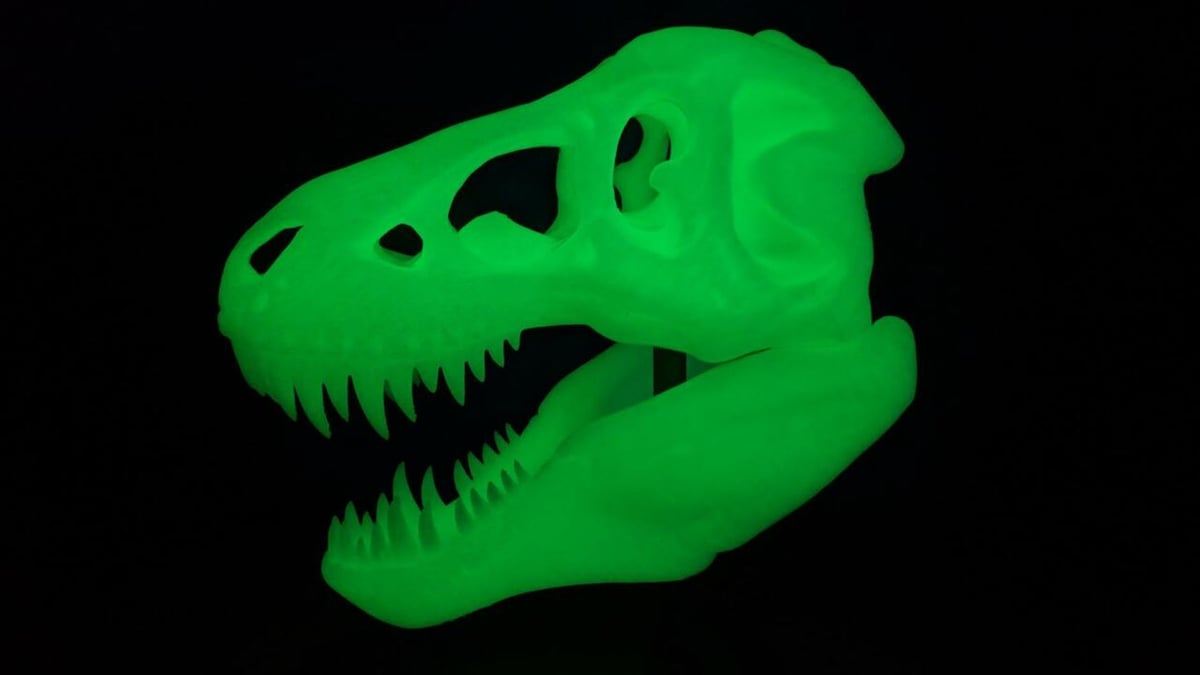
Glow-in-the-dark PLA filament is like any standard filament but with one key difference: It glows after being charged with light. This effect is achieved by phosphorescent additives such as strontium aluminate (and sometimes zinc sulfide and calcium sulfide), which absorb UV light and re-emit it as visible light. In other words, they glow magnificently in the dark. Glow-in-the-dark filament comes in many colors, including blue, red, pink, yellow, or orange. Green tends to be the most popular, as it replicates that classic spooky glow.
Keep in mind that you have to “charge” the prints under UV light before they will glow in the dark. Consider printing with thick walls and little infill for best results. The thicker your walls, the stronger the glow. But be aware, these blends tend to be more abrasive compared to standard PLA, so check your 3D printer nozzle.
Example Filaments
- Hatchbox
- Gizmo Dorks
- eSun
Translucent
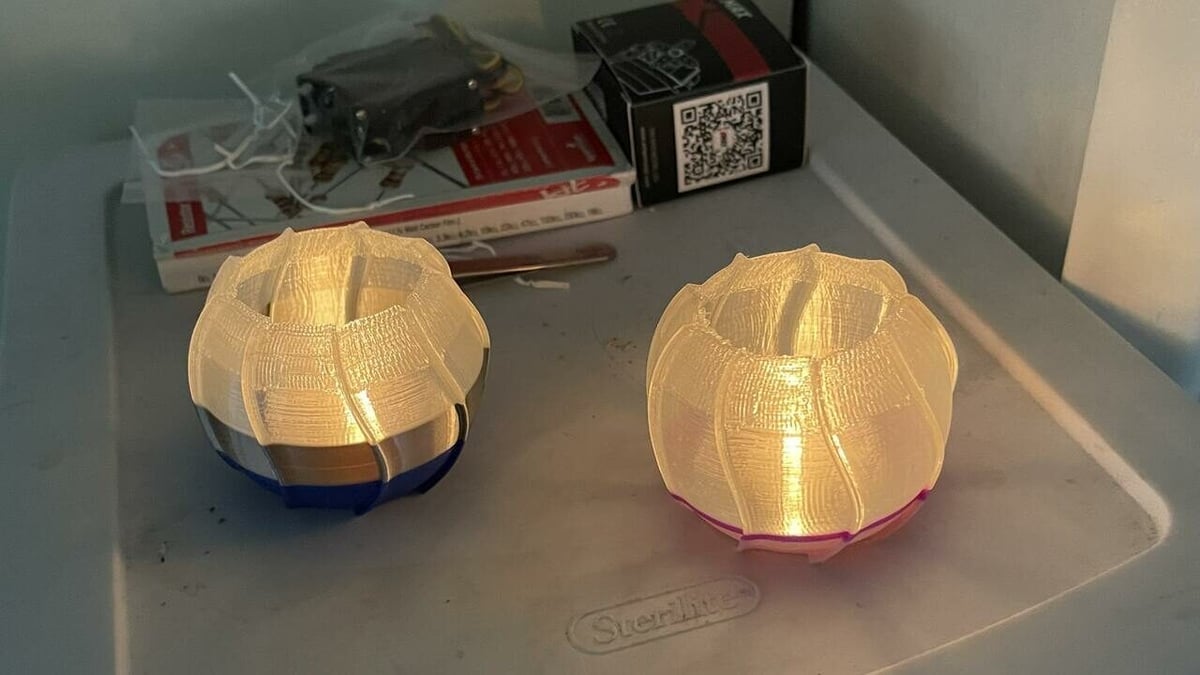
Translucent PLA is permeable to light, making it the go-to PLA for objects you would like to light up with LEDs, such as action figures or even lampshades. Even if this PLA filament is sometimes marketed as clear or transparent, it’s merely translucent, so don’t expect window pane-like transparency. The most commonly available color is “clear”, but many other color variants are available.
Printing in transparent PLA isn’t significantly different from printing with regular PLA. However, if you want the most transparent print, you should use a higher hot end temperature, a larger layer height, and a low infill. This will ensure that the clear material is properly melted, spaced out, and hollow enough for optimal transparency.
Example Filaments
- Eryone
- Solutech
- Fillamentum
Marble

If you’re a fan of printing busts or sculptures, Marble PLA is one of the best ways to create an authentic look. Marble PLA is a special blend of PLA that typically introduces small particles to mimic the appearance of marble, or in some cases, contains real marble powder.
Contrary to several other PLA blends on this list, Marble PLA isn’t actually very abrasive on the nozzle. Although, it’s never a bad idea to use a more durable nozzle, like one made out of hardened steel. However, due to the added particulates in the blend, clogging could be an issue. To combat this, it’s recommended to print with slightly higher temperatures than regular PLA. Most brands will state a range of temperatures for their Marble PLA, so that’s a good place to start if you ever run into issues.
Example Filaments
- Amolen
- Eryone
- Ziro
Dual Color
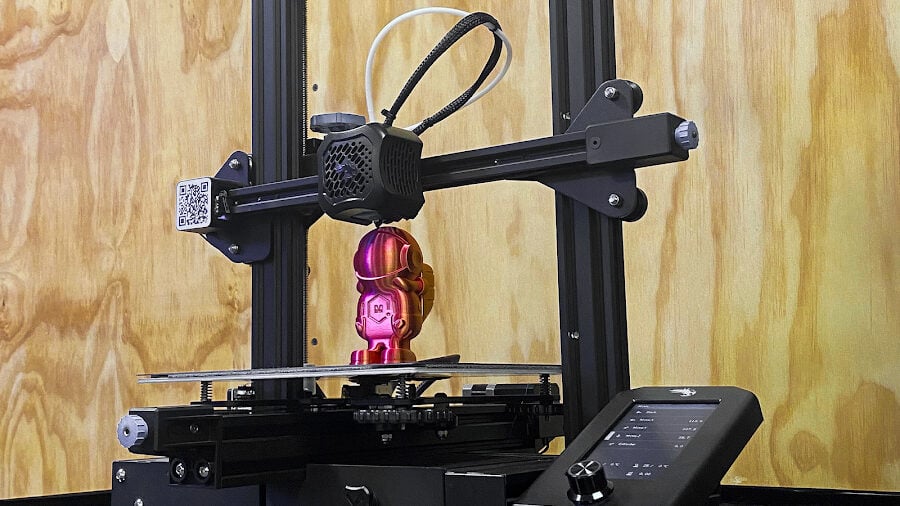
It makes sense to think dual-color PLA, also called dichromatic PLA, is just a dumbed-down version of rainbow PLA, but it’s not that simple! As opposed to rainbow filament, dichromatic filament is created in a process called co-extrusion, meaning the filament is multicolor at every point. This means a printed model will appear as different color depending on the angle you are viewing it, which can create a mesmerizing appearance.
Dichromatic PLA is actually quite new to the market, so there are not many manufacturers making it, but we’re sure that will continue to change over the next few years.
Example Filaments
- MatterHackers
- Amolen
- 3DJake
Conductive
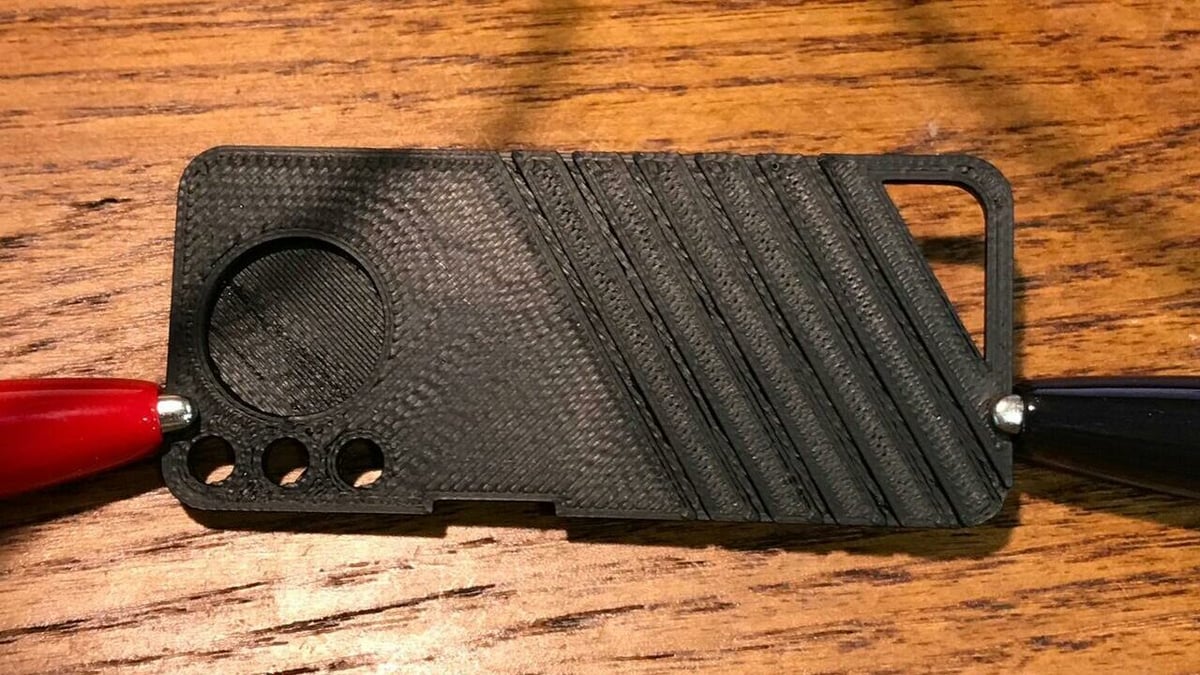
With the addition of conductive carbon particulates to PLA, it’s easy to actualize hobbyist projects by printing low-voltage electronic circuits. If your 3D printing project requires some electrical wiring, you can just print them rather than running wires through your build. This PLA filament is a mixture of polylactic acid and usually some form of carbon – mostly graphene. It’s no substitute for a regular PCB, though.
Even though this 3D printer filament type only supports low-voltage circuitry, the sky’s the limit with customized electronics projects, and even more so when you have a dual extrusion printer with conductive and ordinary filament at hand. Keep in mind, though, conductive PLA needs a power source like a battery to transfer electricity.
Although the filament can handle electricity, we recommend that you don’t test its limits, as burning the plastic can release carcinogens. Electrical stress tests have shown that conductive PLA can handle 0 to 60 volts at or under 100 mA, but this varies depending on the brand and should be researched before testing.
Example Filaments
- ProtoPasta
Glitter & Sparkly
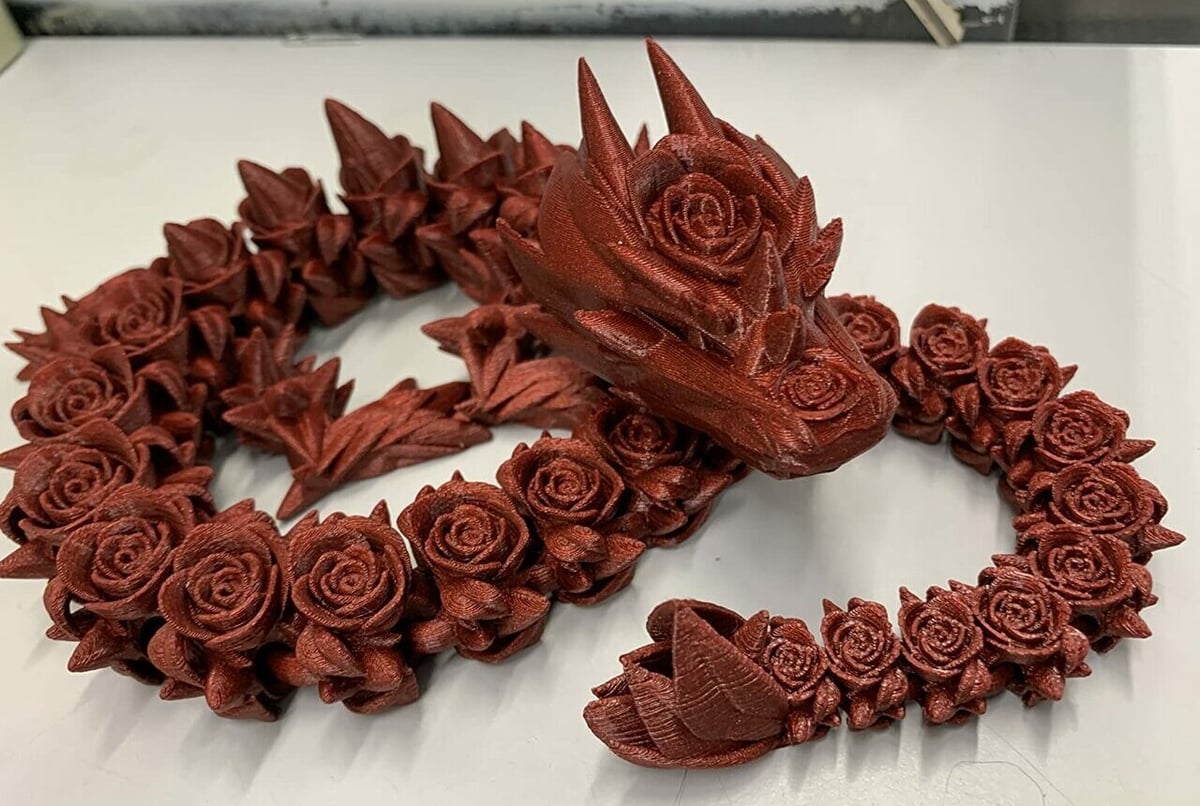
Similar to silk-like PLA, sparkly or glittery PLA has that little extra pizzazz that will make your prints gloriously shiny – in this case, by adding glitter elements. This not only allows for aesthetically pleasing prints, but the added glitter does a great job masking layer lines. It also generally leaves a smooth-looking print that is optically forgiving where print flaws are present.
The sparkly effect is achieved by adding ultrafine particles that should easily pass through nozzles without clogging or abrasion. Treat it just like you would standard PLA, and have fun.
Example Filaments
- Prusa Research
- Eryone
License: The text of "The Best PLA Filament Special Types of 2023" by All3DP is licensed under a Creative Commons Attribution 4.0 International License.














